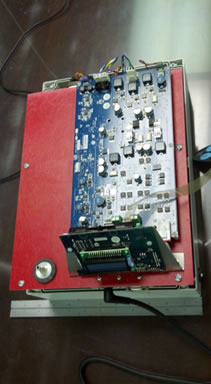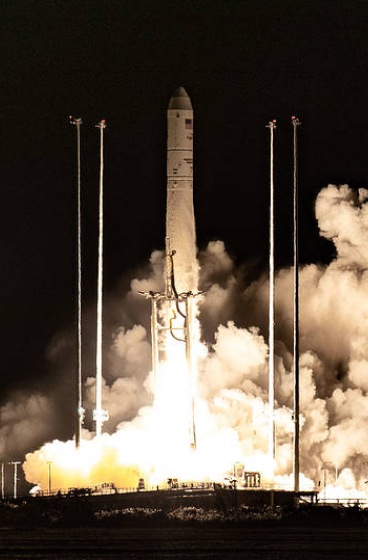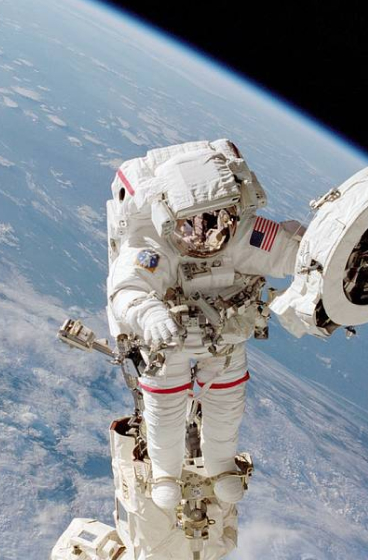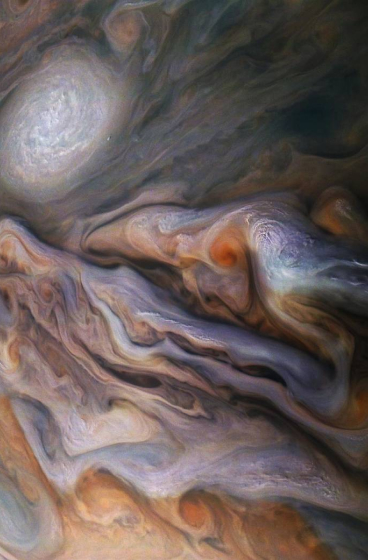Medical Oxygen
The Challenge
A system is needed to deliver oxygen to crew members in flight while minimizing local and cabin oxygen build-up. An oxygen concentrator that provides a source of enriched oxygen from spacecraft cabin air for use in spacecraft emergencies that can be deployed rapidly, is portable and eliminates the possibility of a buildup of enriched oxygen is necessary to for long mission space exploration. A very ill crewmember requires a significant flow of oxygen, up to 15 LPM, but lower flow rates may be adequate for less ill crewmembers or as respiratory supply for healthy crew. To address these multiple flow ranges, a redundant set of lower flow concentrators is envisioned that could be used separately as needed (at 3-4 LPM) or combined for the high flow need. The lower flow modules can be run off batteries for a reasonable period of time or plugged in if the crew is relatively stationary.
The Progress
Developing an oxygen concentrator with high energy efficiency and a feedback system to maintain the proper tissue oxygenation level to reduce caregiver involvement are both highly desired attributes for an exploration spaceflight mission. NASA Glenn Research Center validated performance of an OCM technology for transition to NASA’s environmental and life support team (ELCSS) for them to integrate into testbeds for further evaluation.
To integrate the OCM with the patient care system, NASA GRC developed requirements and a concept of operation for a system level approach to supplemental oxygen with the Medical Oxygen Patient Interface (MOPI), which will provide the necessary interfaces to other sub-systems that are being planned for a vehicle or surface platform. The planned multifaceted suite will include:
– Patient to MOPI interface comprising of oxygen-enriched air provided to the patient via mask, cannula, or intubation/ventilator, as well as receiving, displaying, and storing patient physiological sensor data output comprising parameters such as blood O2 saturation levels O2, respiratory rate, and core temperature.
– Caregiver to MOPI interface comprising a dashboard with data such as gas flow rate and gas oxygen concentration level and control via a keypad, gestures and/or voice
– Vehicle to MOPI interface comprising oxygen-enriched air, OCM health & status output, and command inputs to treatment variables
– Medical System to MOPI interface comprising patient sensor and caregiver command data as inputs to record in the patient medical history file and clinical decision support output































